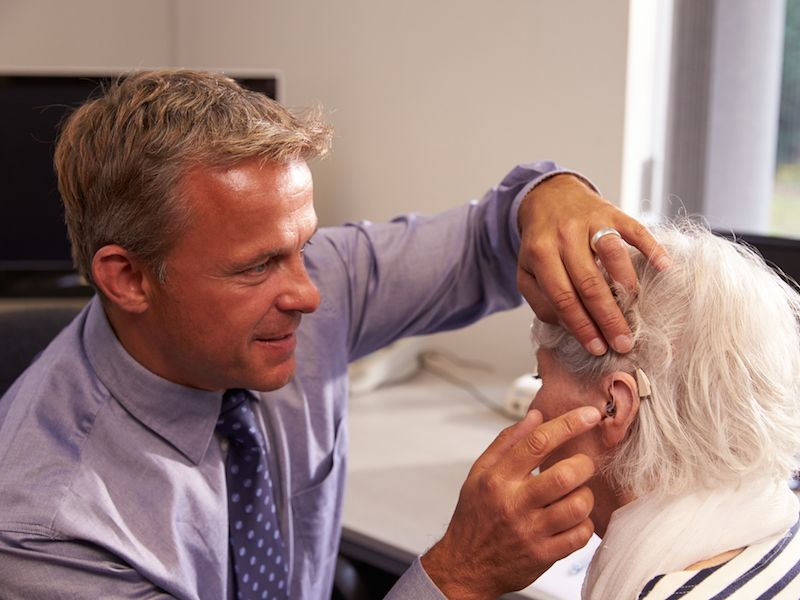
The numbers don’t lie: you will probably require hearing aids someday. A quarter of all people from 60 to 75, according to an NIDCD report, have hearing loss and for people over 75 this number increases to 50%. But how can you be sure which hearing aid is correct for you when you realize it’s your best opportunity to combat hearing loss? Breakthroughs in technology over the years have resolved some of the problems usually linked to hearing aids, like too much background noise and vulnerability to water damage. But there’s still a lot you need to know when selecting a hearing aid to be sure it fits your lifestyle.
Directionality is a Crucial Feature
One essential attribute you need to look for in a hearing aid is directionality, which is your hearing aid’s ability to focus on the specific noise near you (such as a discussion) while keeping background sound to a minimum. One, if not both, of two directionality systems are working inside most hearing aids, they either focus on sound directly in front of you, or they focus on sound produced by different speakers and sometimes do both.
Can You Use it With Your Phone?
As a nation, we’re addicted to our phones. Even if you don’t have a smartphone, it’s likely you have an old-style cell phone. And on the off-chance that you don’t own any type of cell phone, you most likely still have a land-line. So, when you’re trying out different hearing aids, you will want to see how they work with your phone. How does it sound? Do voices sound clear? Does it feel comfortable? Are there any Bluetooth connectivity features available? When looking at new hearing aids, you should take into account all of these.
What is The Probability You Would Actually Use it?
As mentioned above, hearing aid technology has advanced by leaps and bounds over the past few years. One of those advances has been the size and shape of hearing aids, which are a great deal smaller today. But there are certainly pros and cons. It depends on what your specific needs are. A smaller hearing aid isn’t as obvious and may fit better but a larger one might be more powerful. You can get a hearing aid that fits directly in your ear canal and is all but invisible, but it won’t have many of the features available in larger hearing aids and can sometimes be prone to earwax clogs. On the other end of the spectrum, a behind the ear hearing aid is bigger and may be more obvious, but often have more directionality features and provide more choices for sound amplification.
What Type of Background Noise Will You be Exposed to?
Wind noise has been an extreme difficulty for hearing aid users ever since they were invented. It could have driven anybody crazy to go out on a windy day and hear nothing except wind. If you’re an outdoors person or you live in a windy area, you’ll want to suppress wind noises with your hearing aid decision so that conversations won’t have that frustrating wind howl. Looking for more information about how to choose the correct hearing aid? Call us.